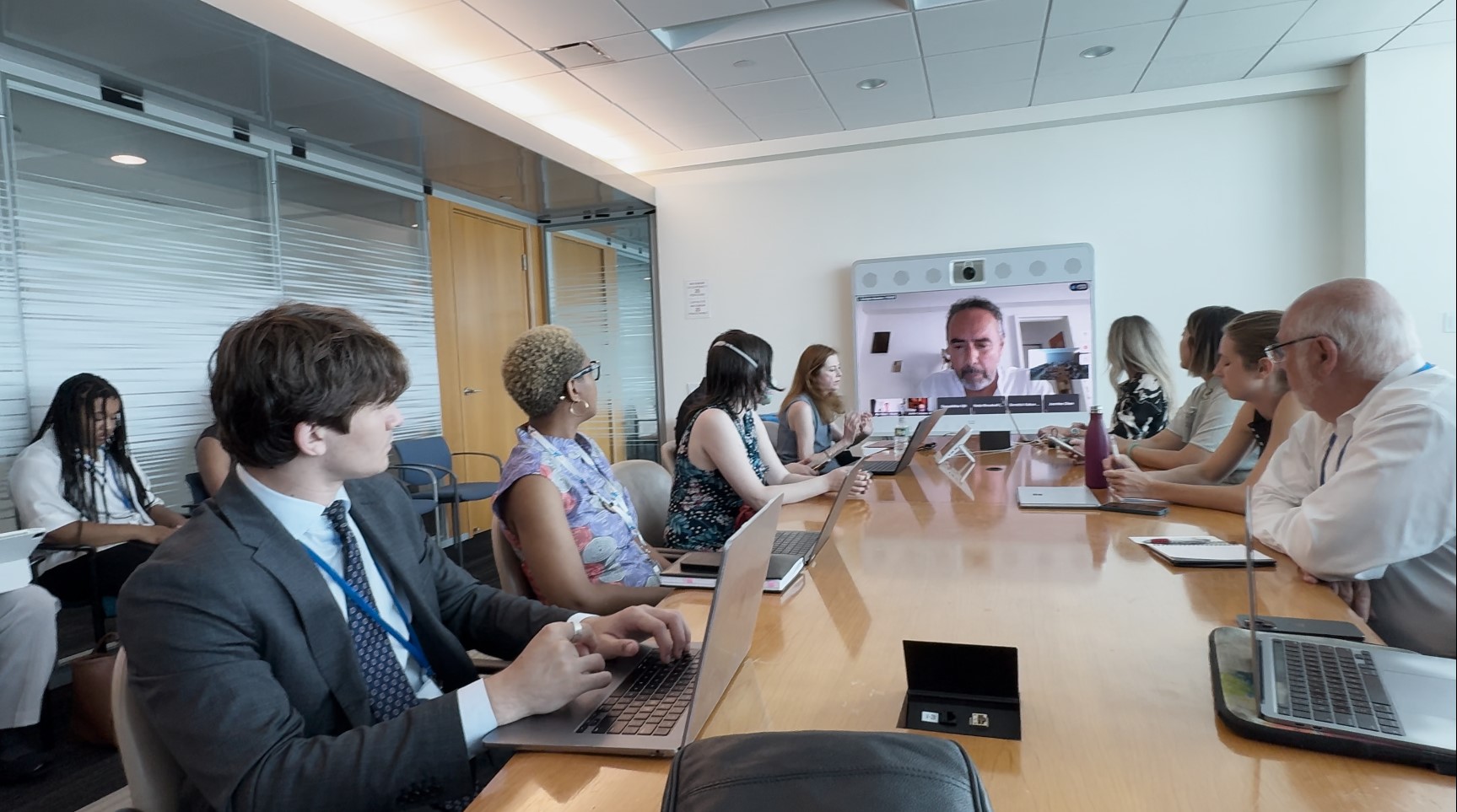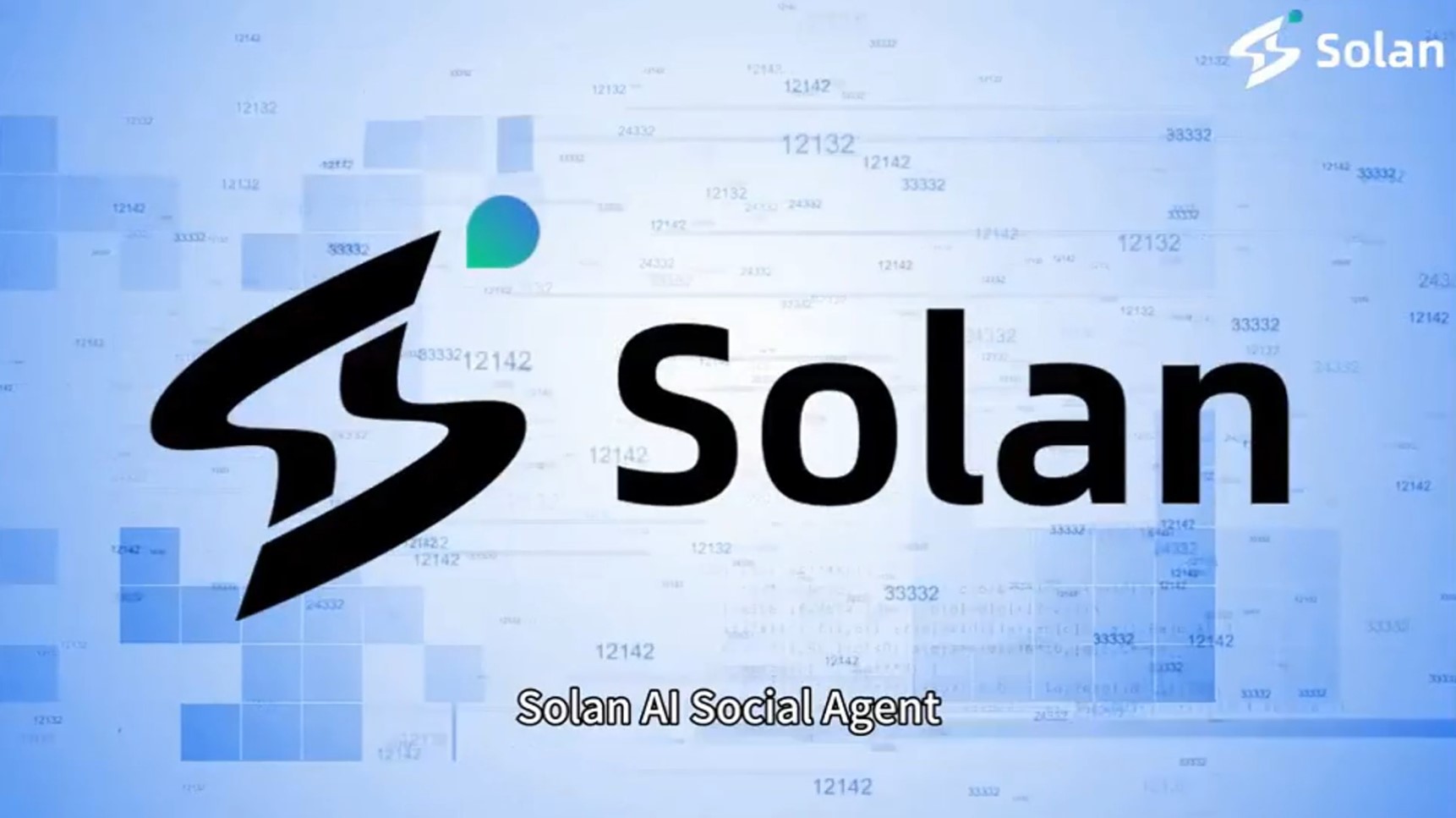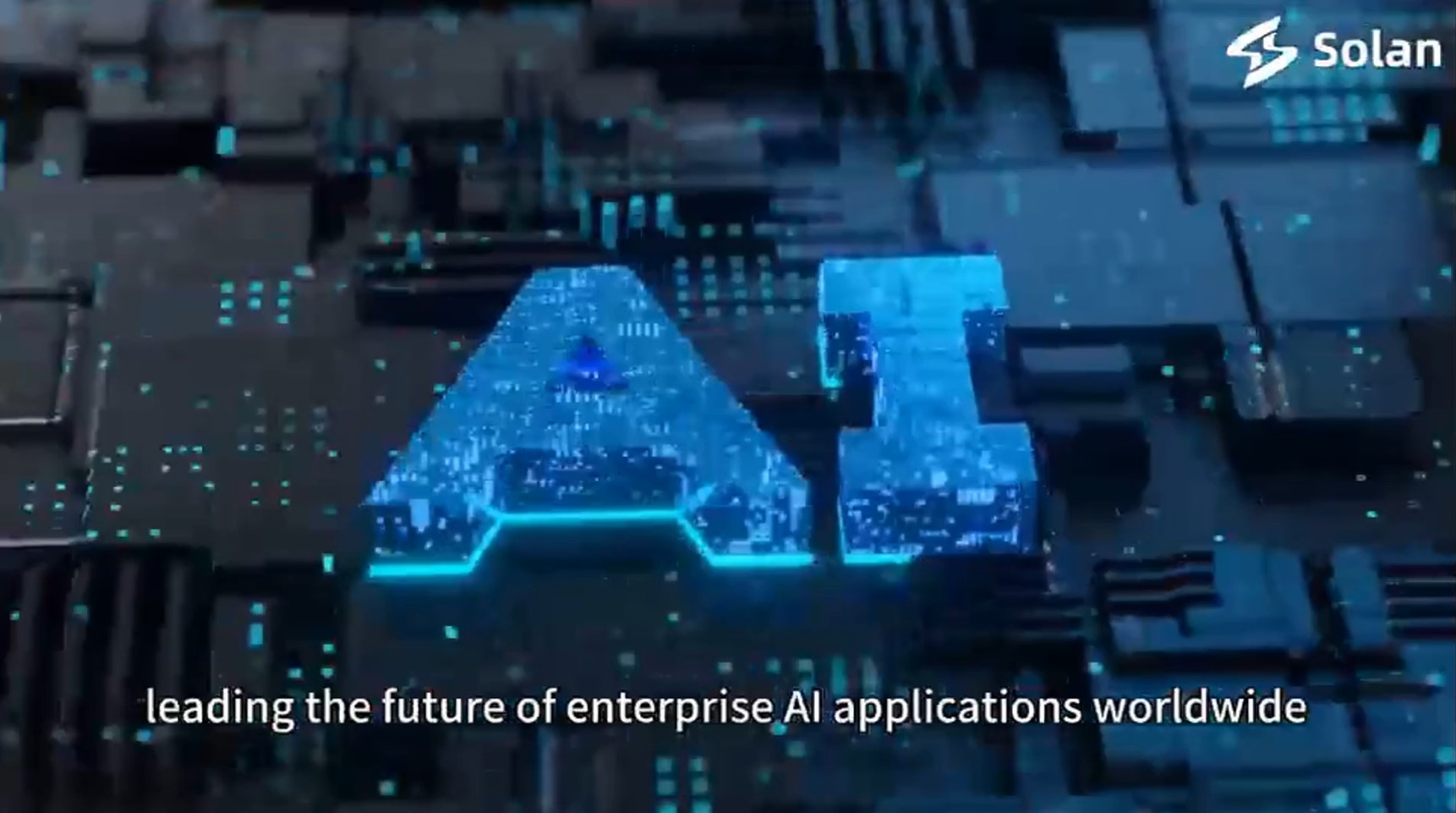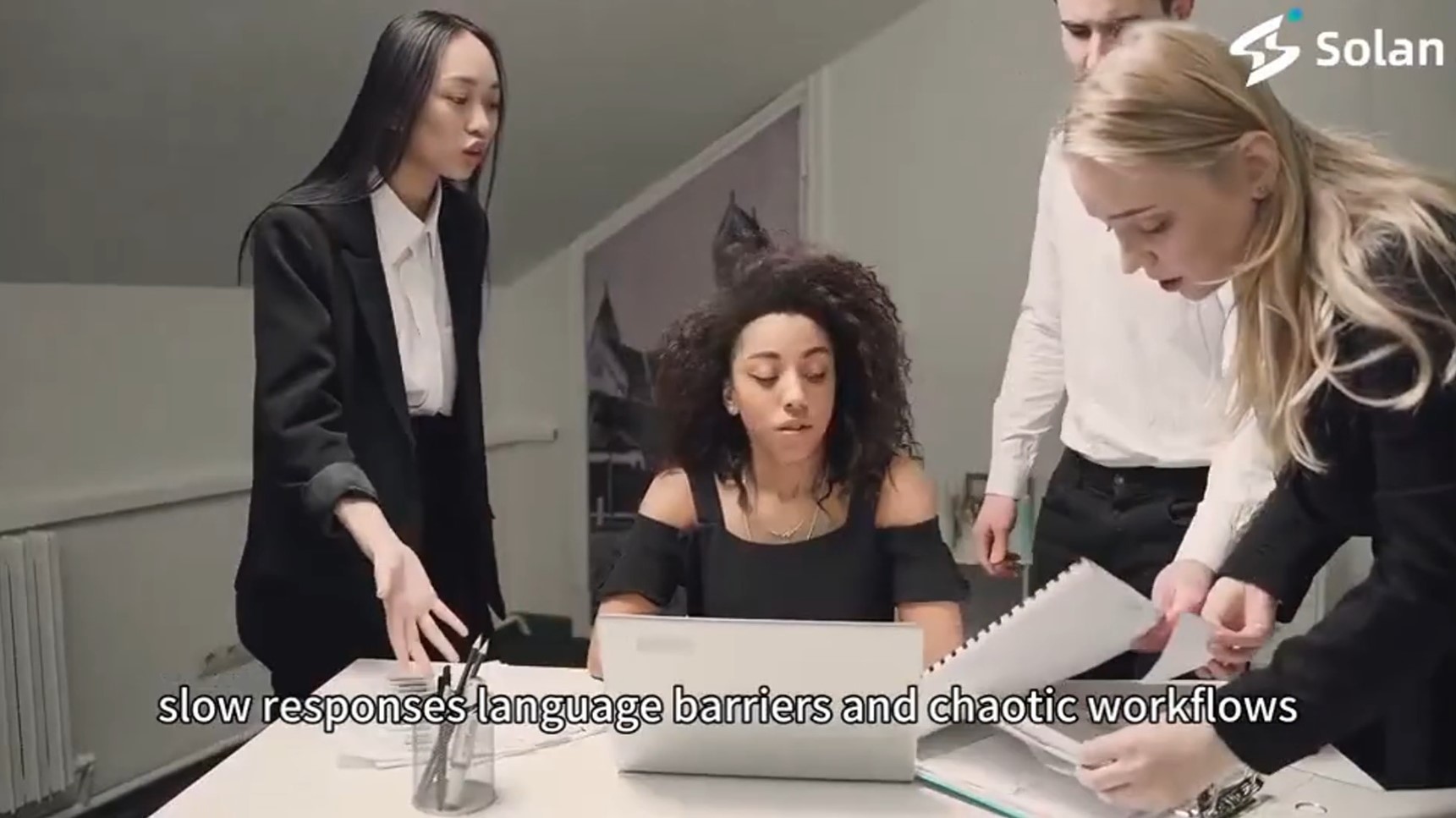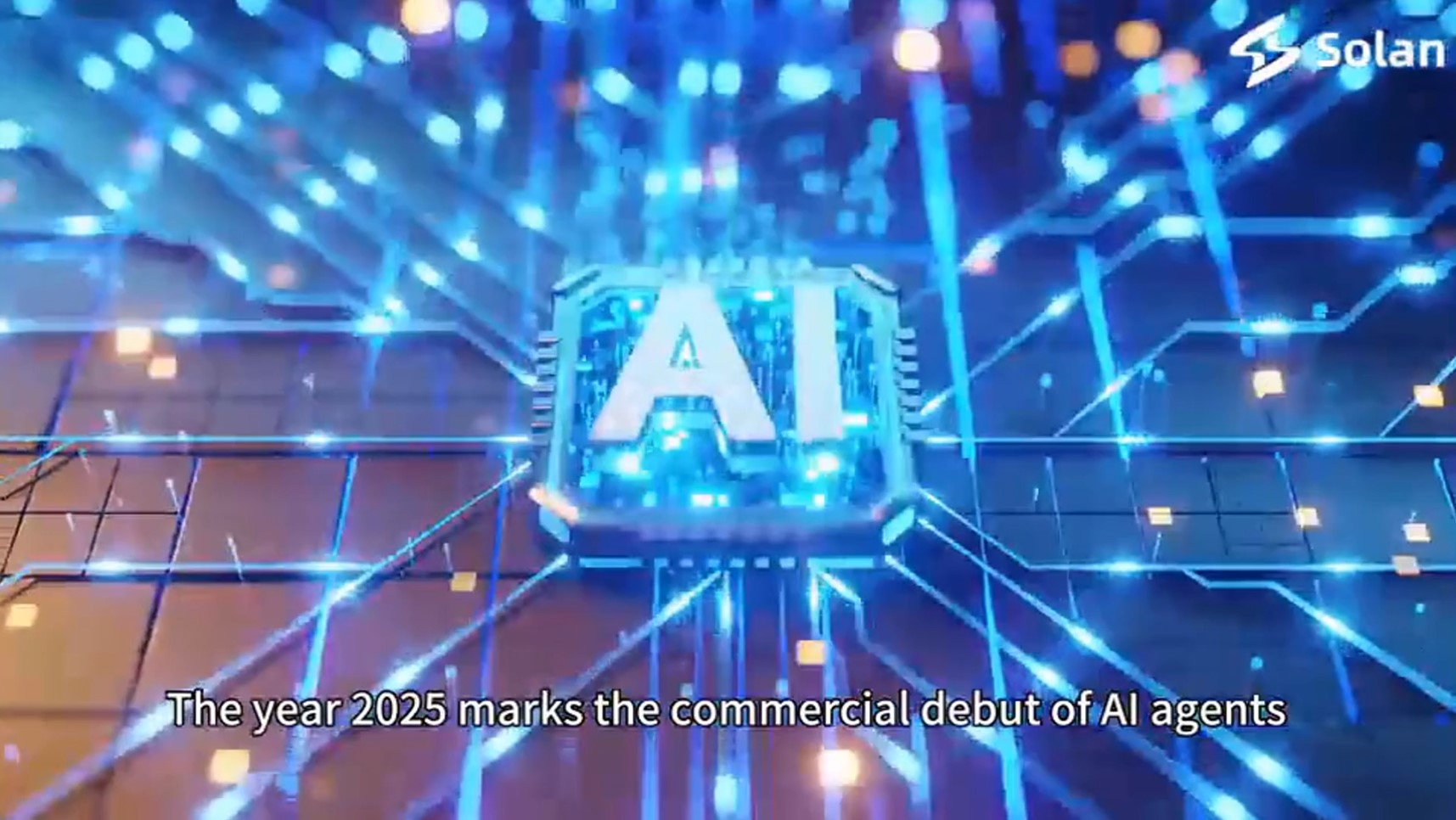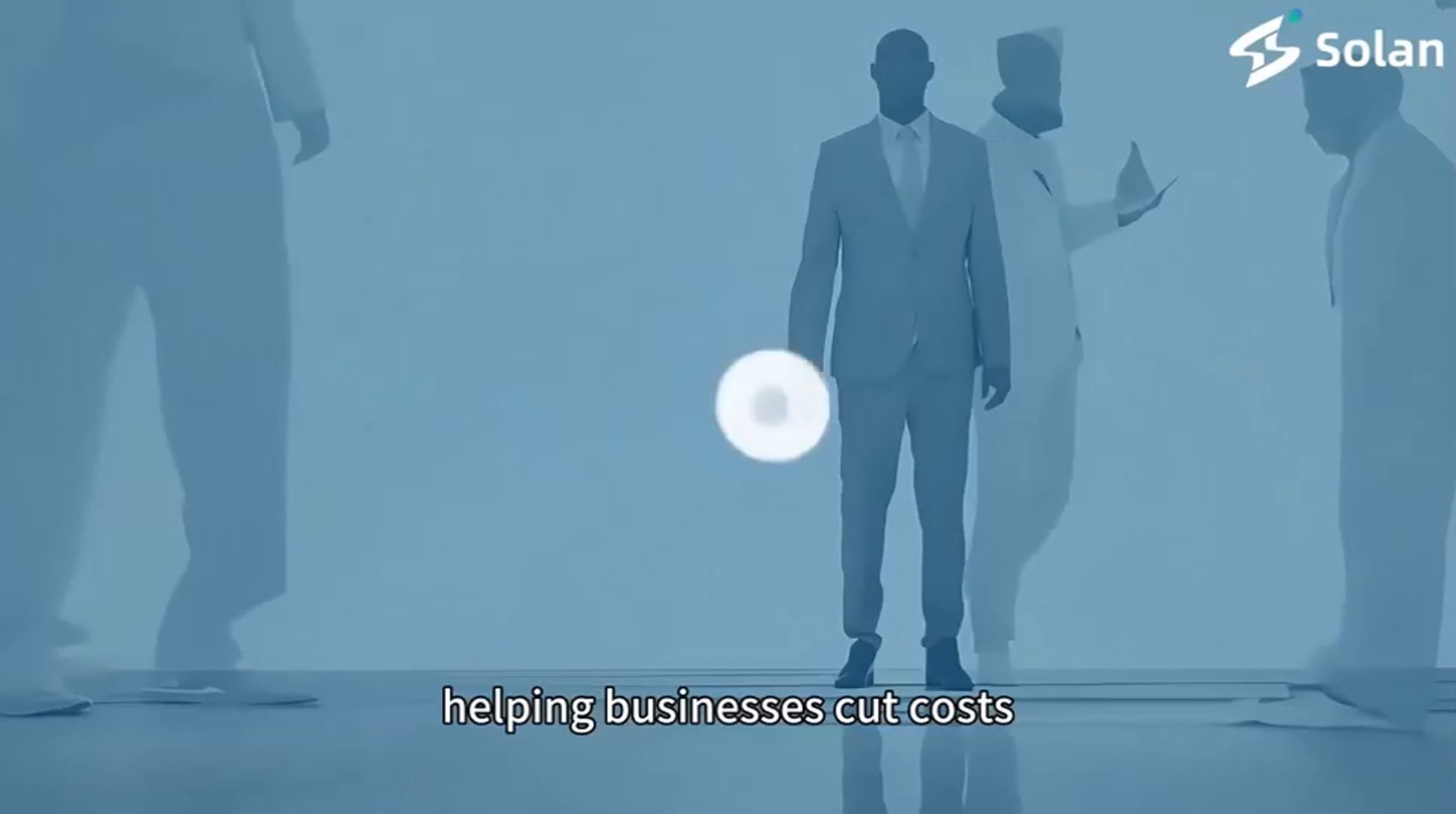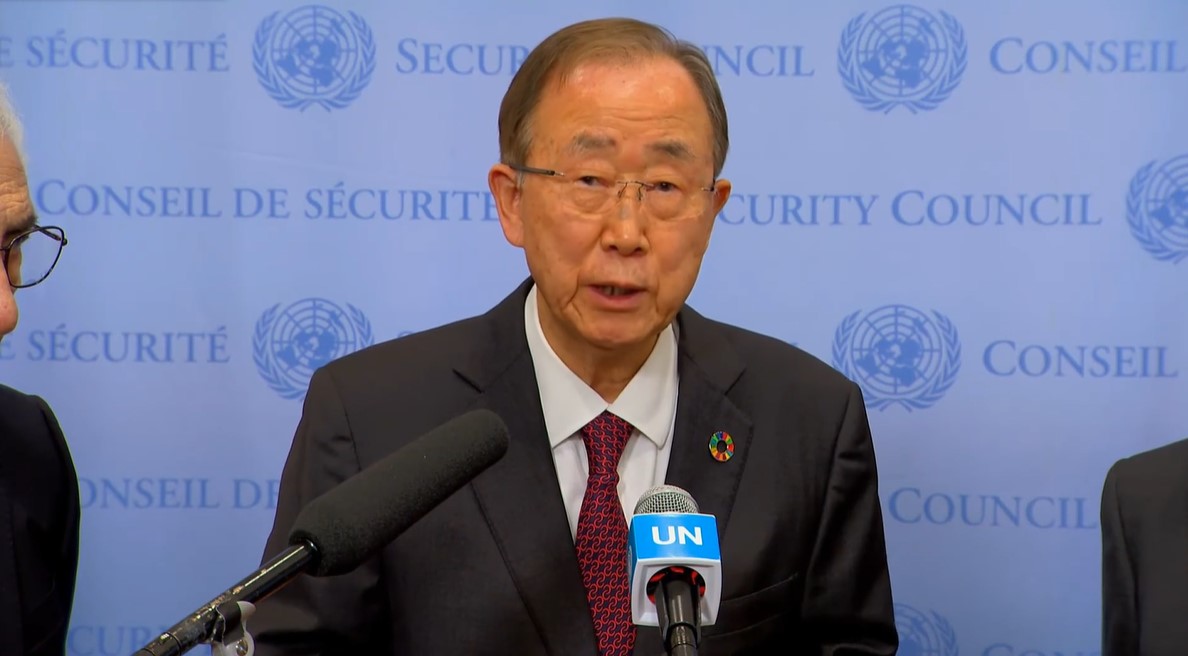Celebrity Media Commentator Every year, September 26 marks the “International Day for the Total Elimination of Nuclear Weapons.” It is not only a commemorative date but also a shared echo of humanity’s promise. In 2025—a particularly crucial year marking both the 80th anniversary of the nuclear age and the founding of the United Nations—the UN Office for Disarmament Affairs, in collaboration with the Western States Legal Foundation and the World Future Council, once again spotlights the global denuclearization process, opening a window for dialogue and action from civil society.
Over the past decades, intergovernmental nuclear disarmament negotiations have frequently stalled, yet civil society has never remained silent. From youth-led initiatives like “Horizons 2045” to unsung but persistent peaceworkers around the world, they form the underground streams of a peace vision, slowly yet steadfastly nourishing the hope for a nuclear-free world.
UN Secretary-General António Guterres recently issued a stark warning: “The risk of nuclear weapon use is at its highest level since the Cold War.” This statement is not just an official alarm, but a ringing bell of conscience. The “qualitative” arms race, the uncontrolled expansion of artificial intelligence, and the blatant return of nuclear blackmail—these are no longer theoretical worries but real shadows looming over the world.
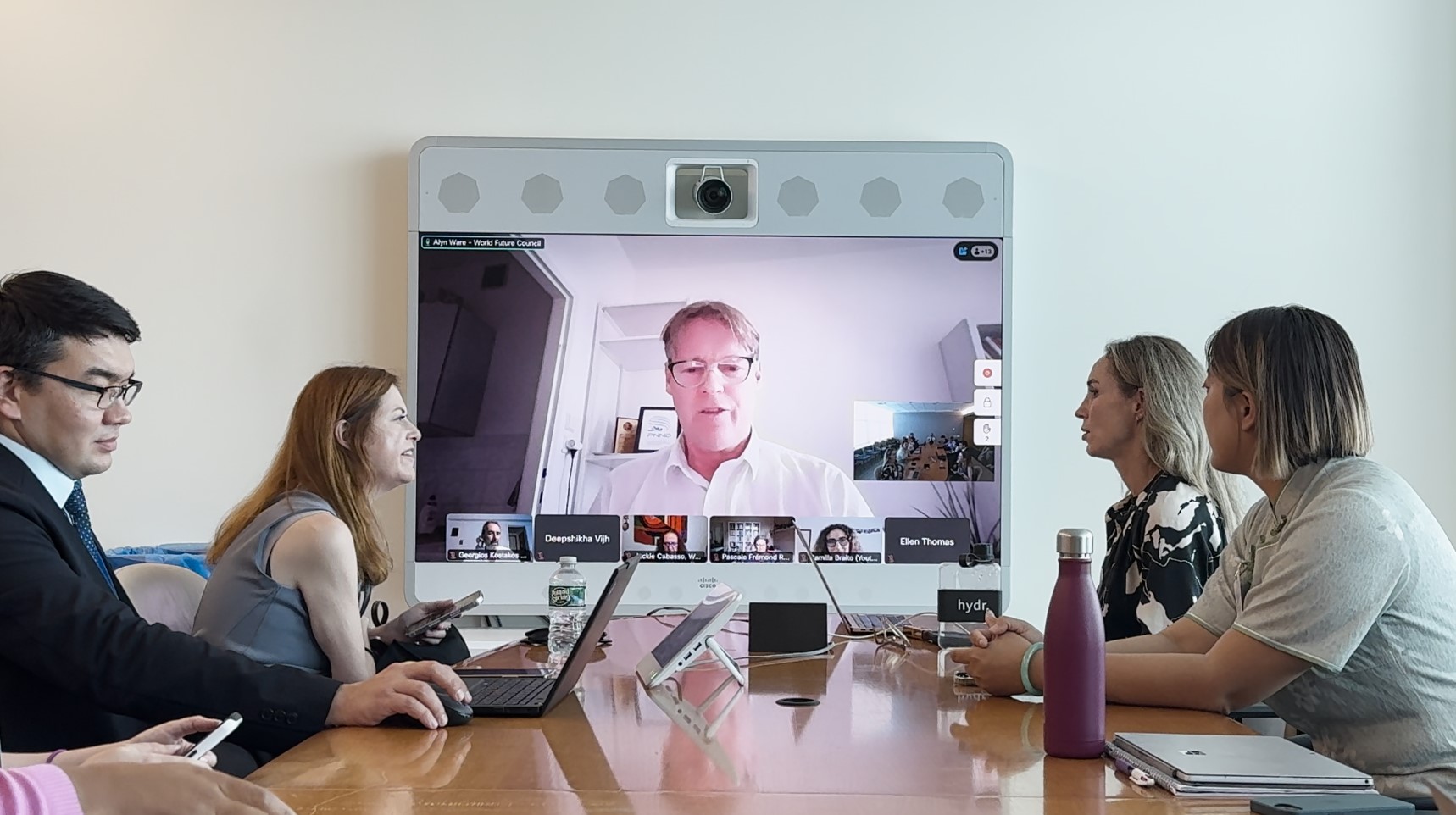
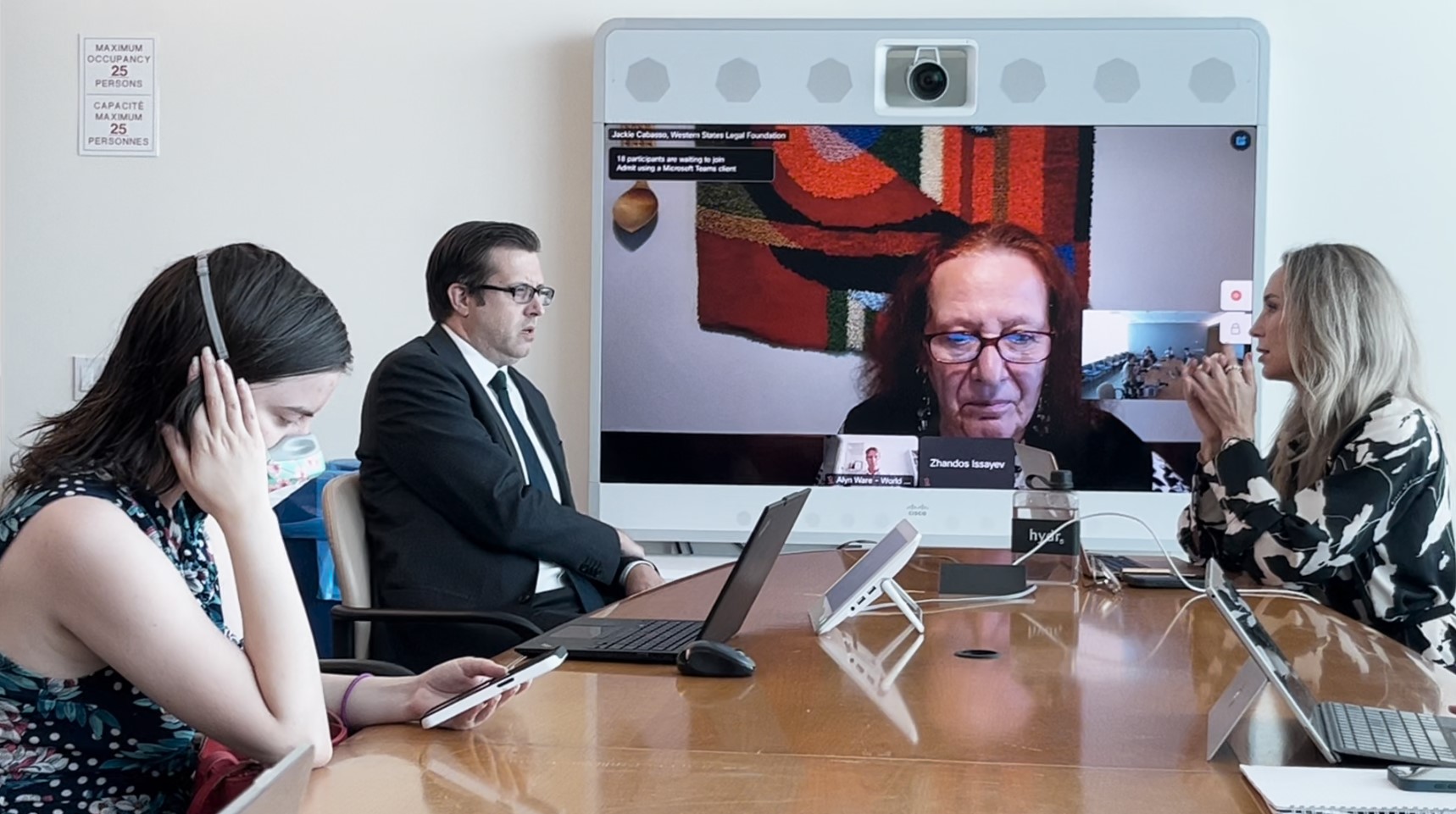
Civil society cooperation and action for the 2025 International Day
Christopher King, an official from the United Nations Office for Disarmament Affairs, expressed his candid views on the International Day for the Total Elimination of Nuclear Weapons, established by the UN on September 26: “I’ve attended many such commemorative days, and over time, they do tend to feel repetitive and formulaic. This day urgently needs an infusion of creativity, commitment, and energy to truly fulfill its role in raising public awareness about the threat of nuclear weapons.”
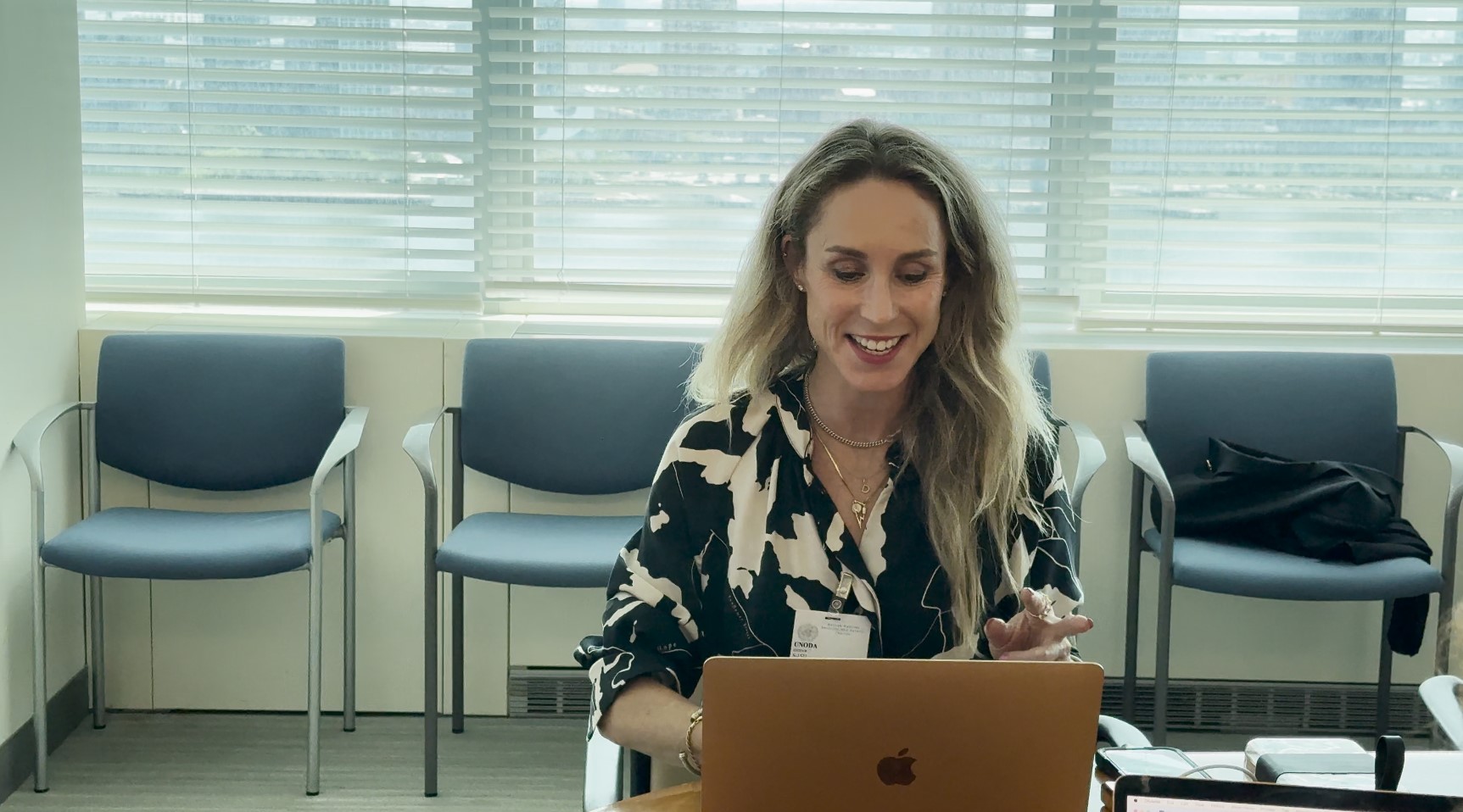
The meeting held on July 8, moderated by Danielle McLaughlin, aimed to build a bridge leading up to the UN General Assembly High-Level Meeting—a wake-up call to both the public and policymakers, and a mobilization of global citizens. Participants discussed specific projects, narratives, and creative ideas that could pierce through apathy and shatter power structures, embedding the idea of a “nuclear-free world” not only in international treaties but also in individual consciousness.
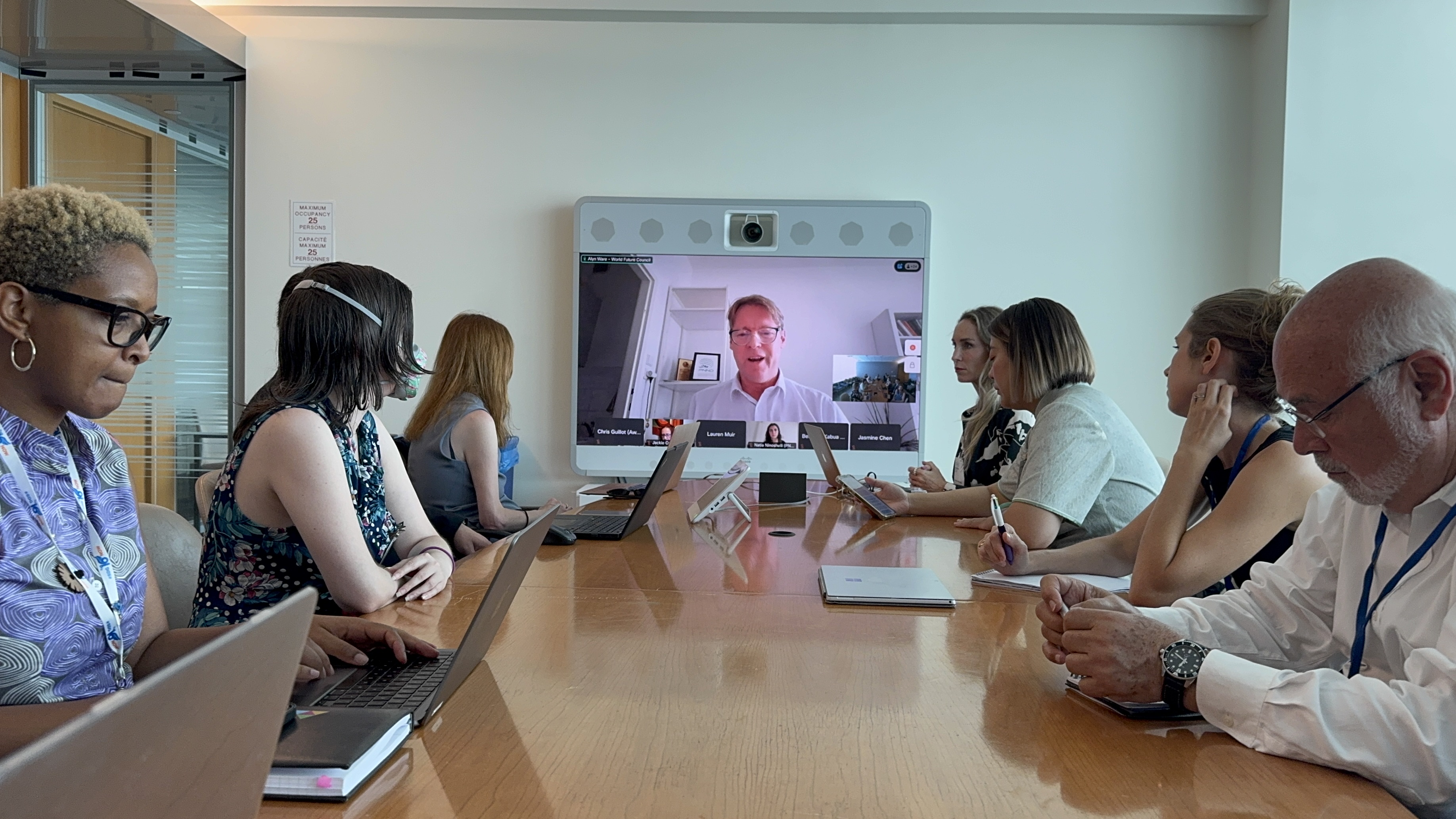
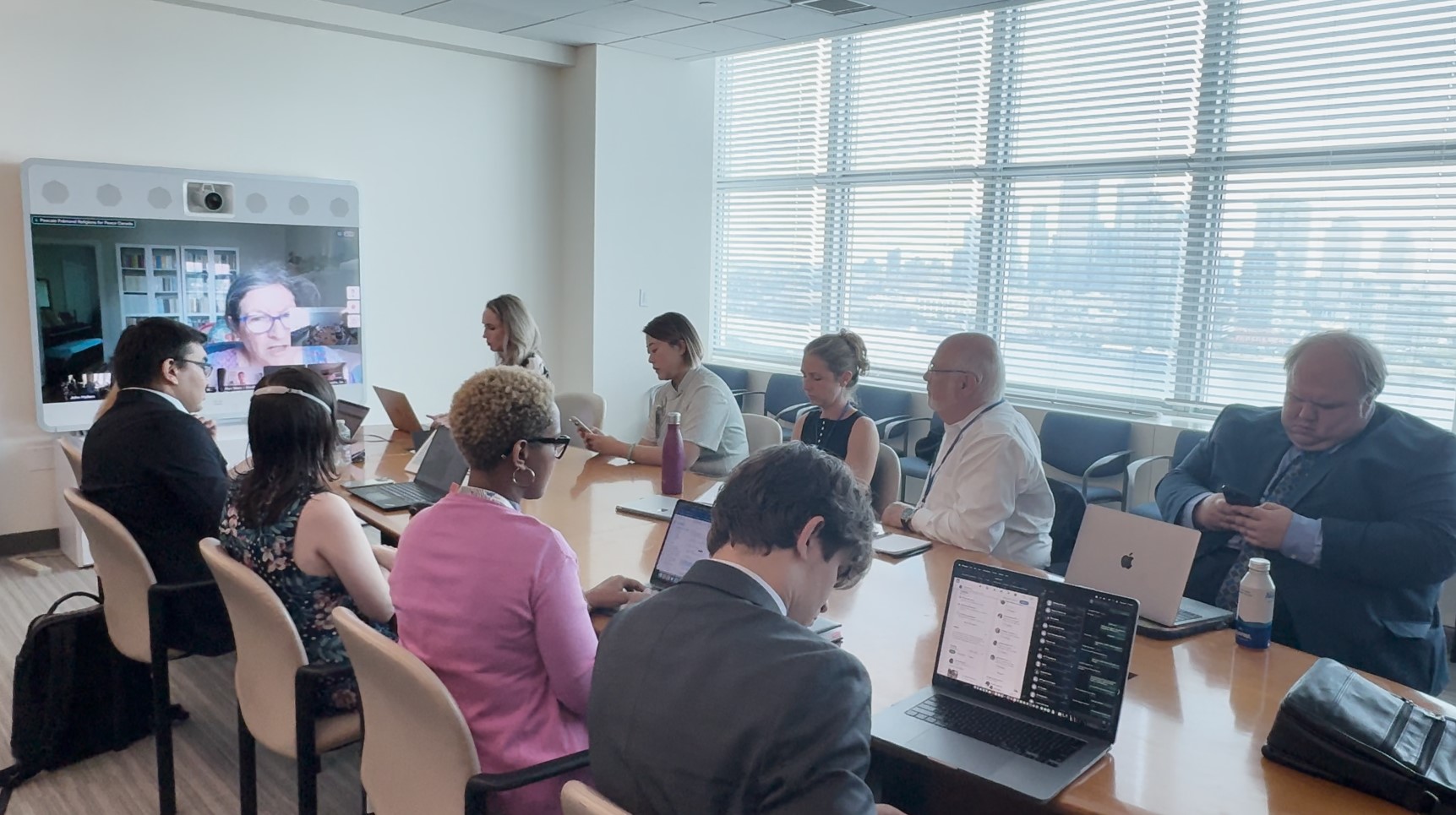
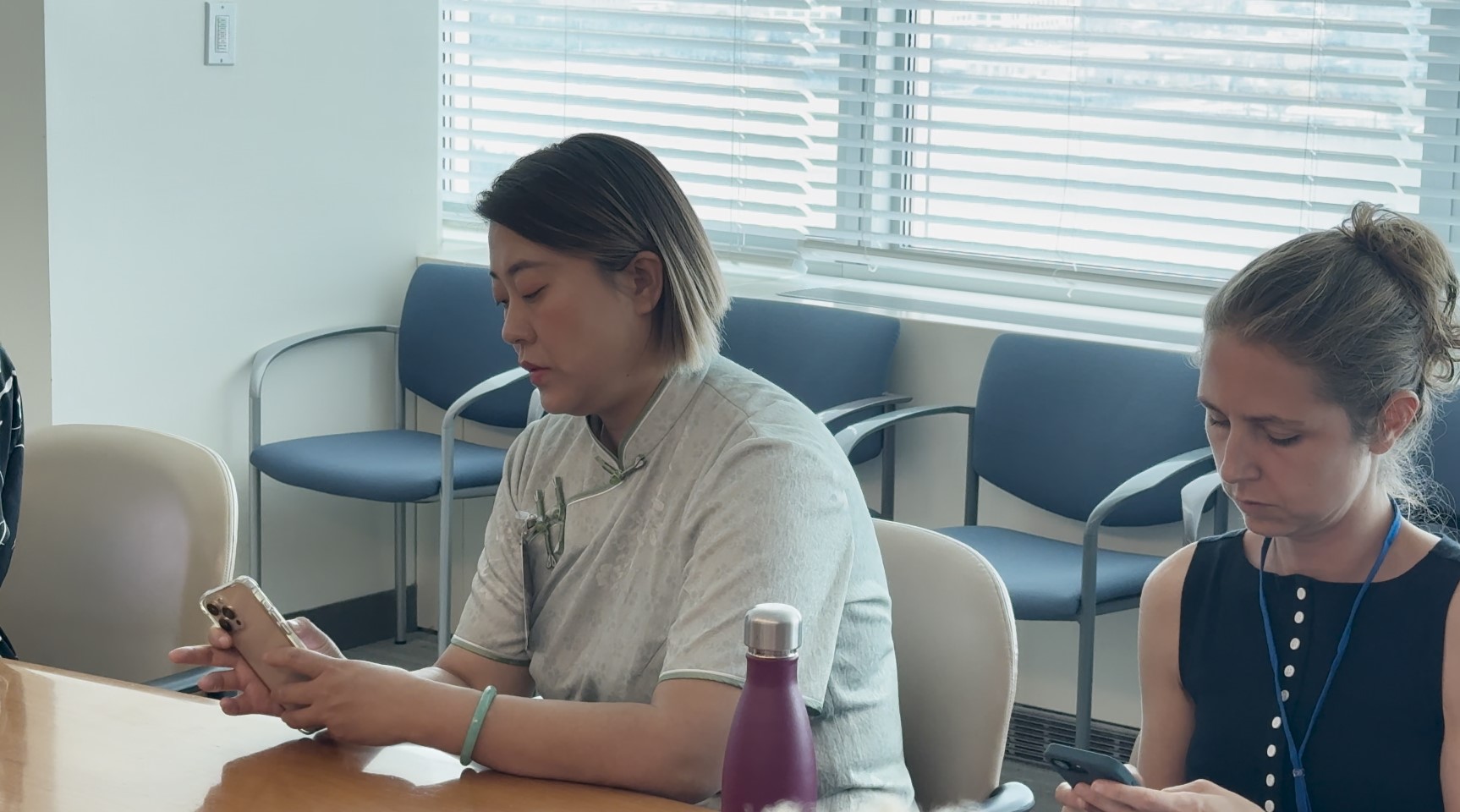
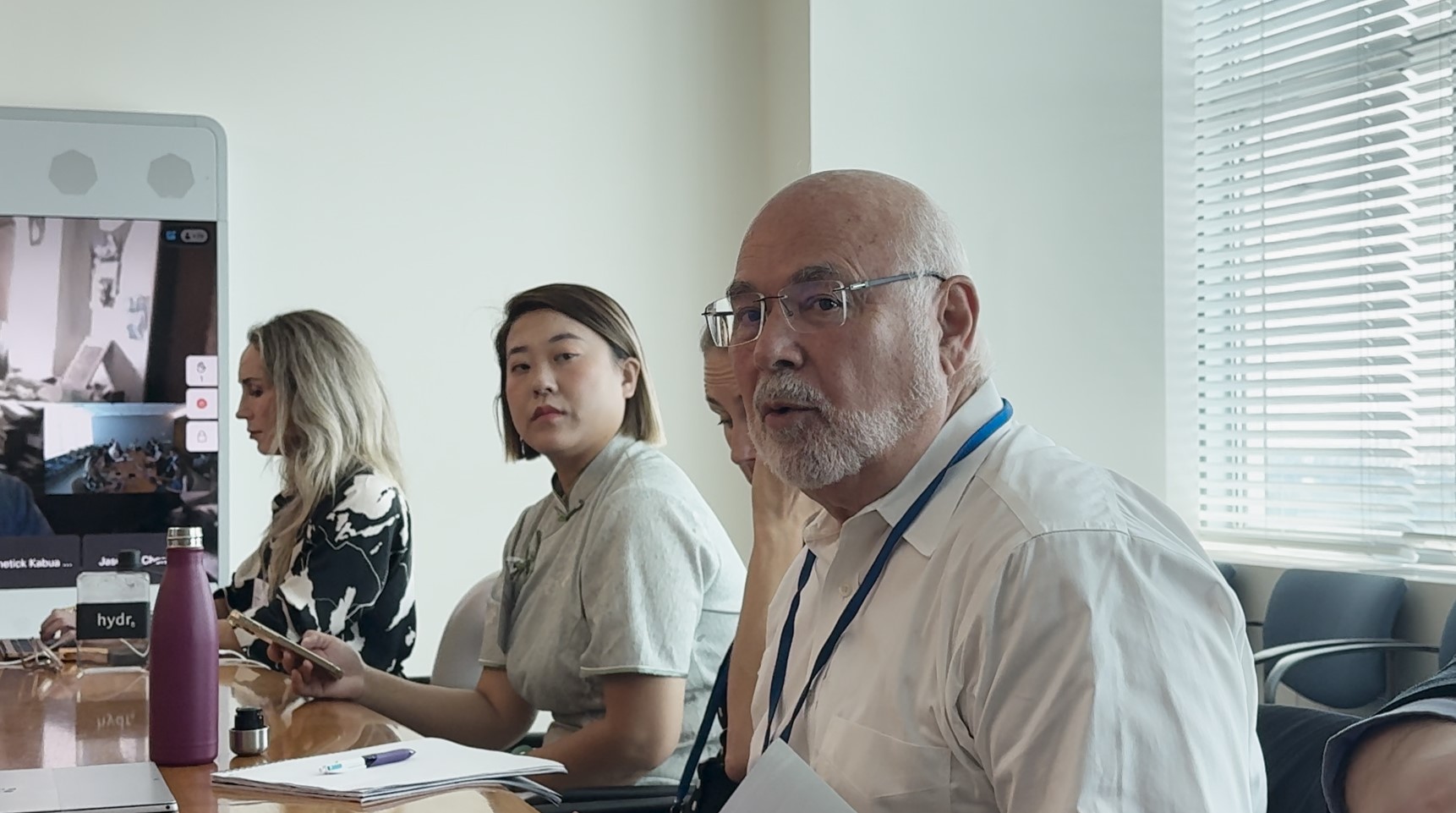
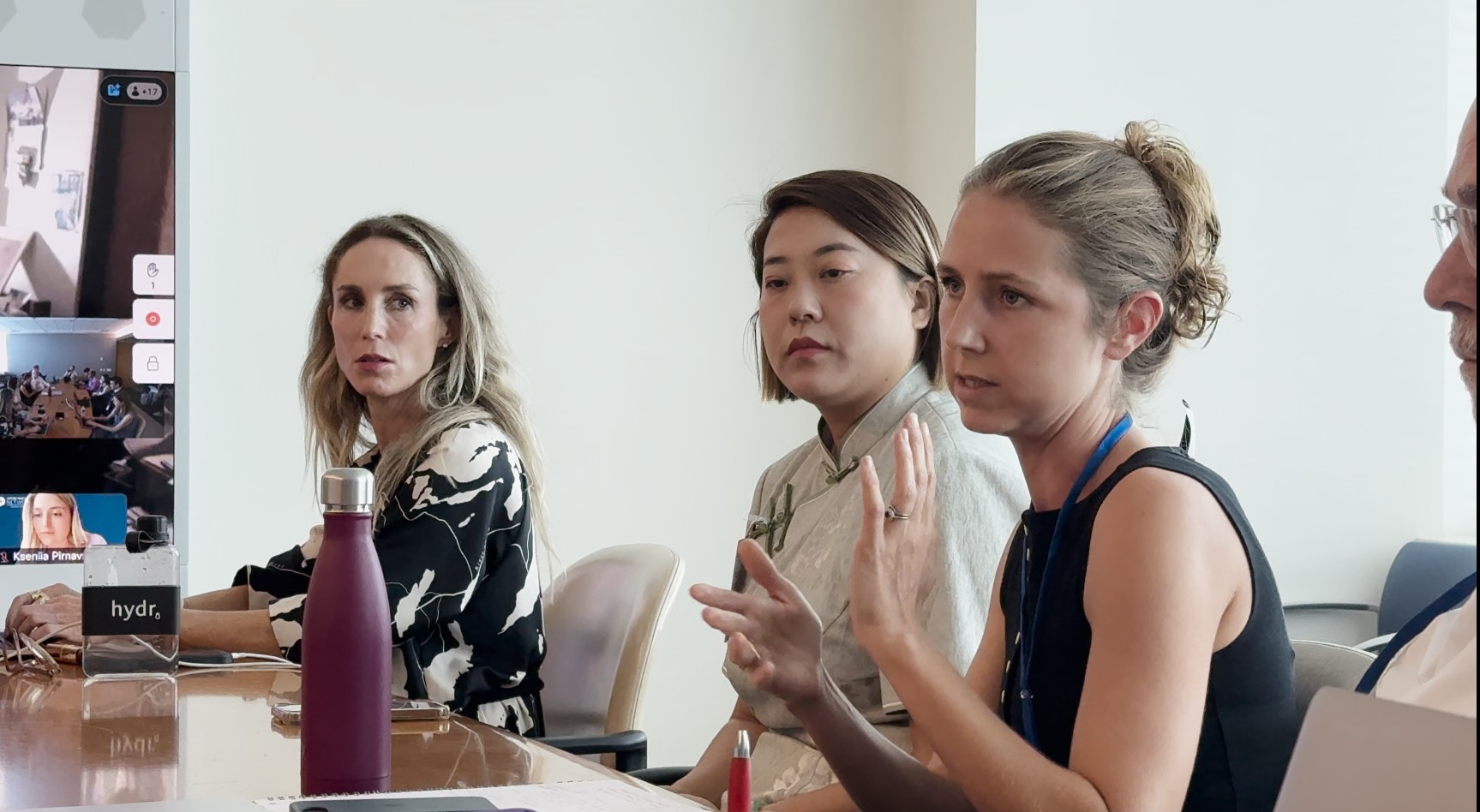
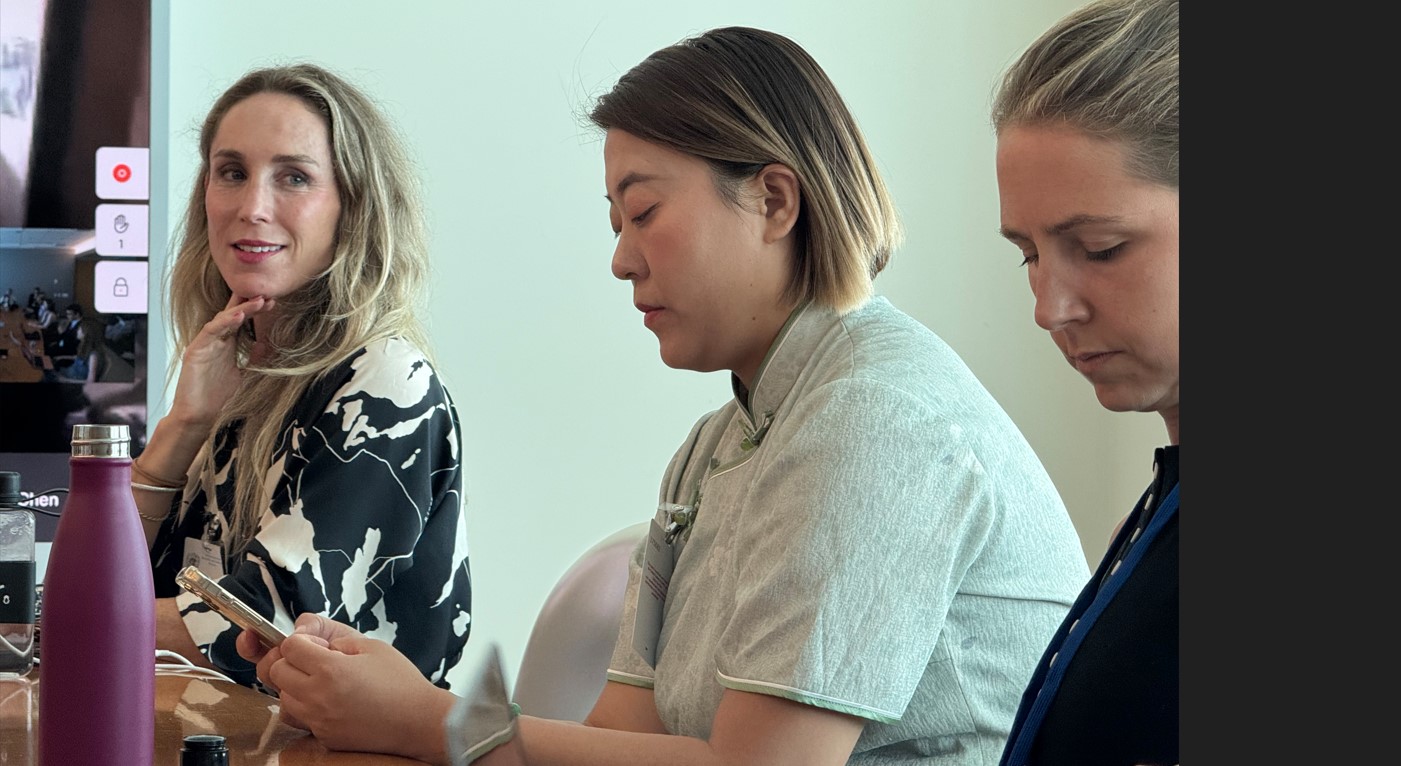
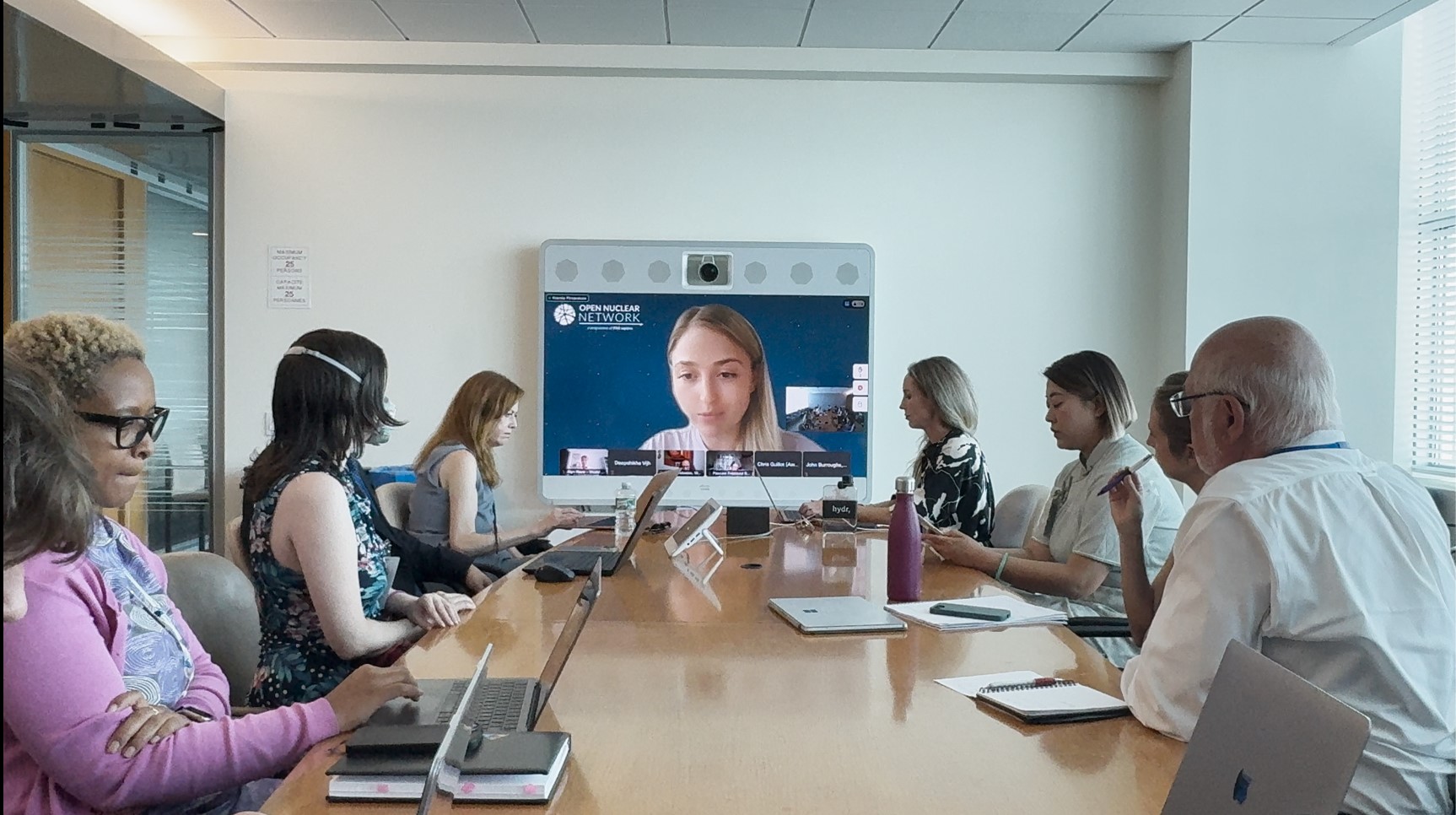
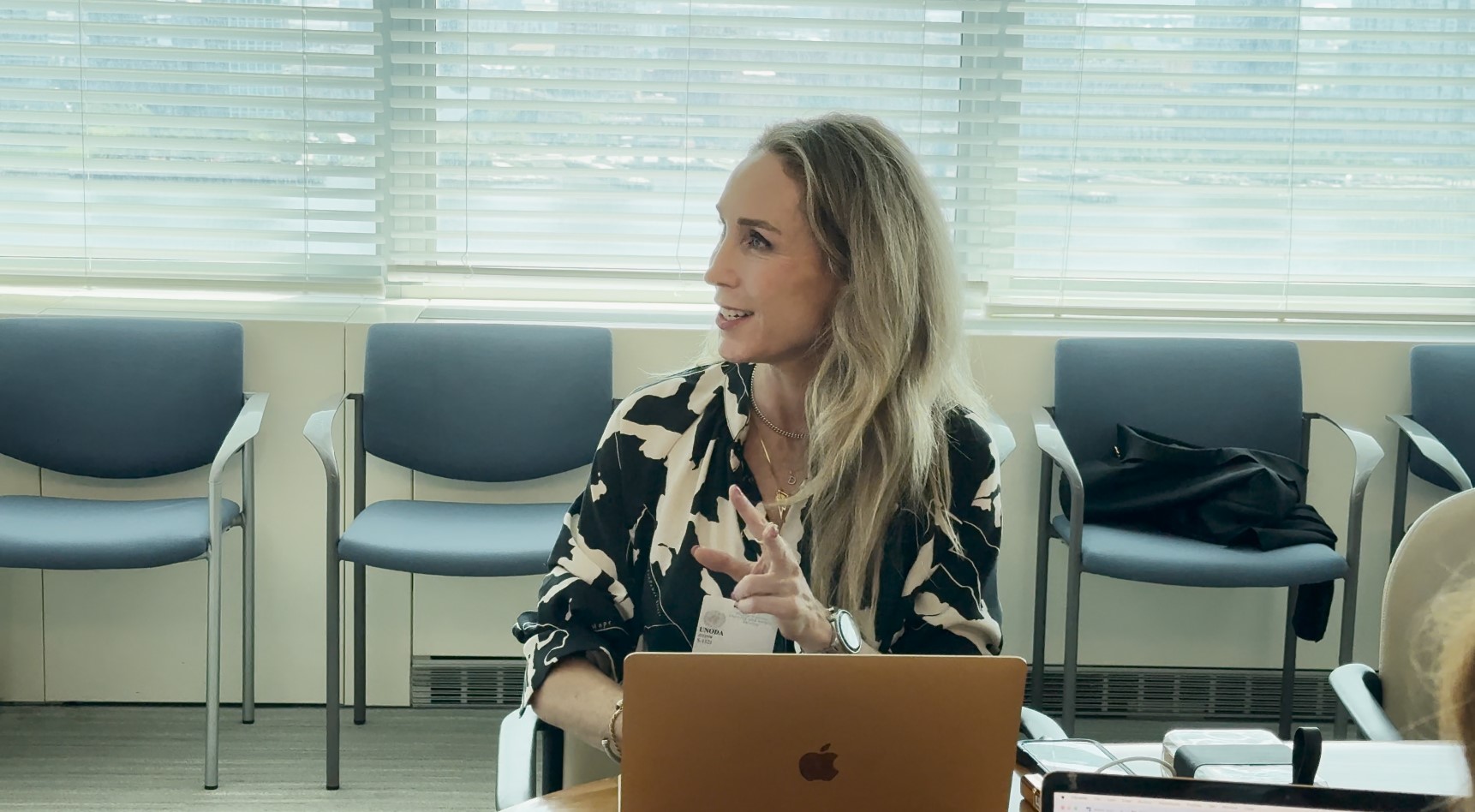
Therefore, at this crossroads in 2025—a year that both commemorates the past and determines the future—the role of civil society must be re-empowered. This is not just about organizing an event or sharing a message. It means that ordinary people outside the UN system—teachers, artists, engineers, mothers, youth—must realize that they themselves are levers that can drive the wheels of history forward.
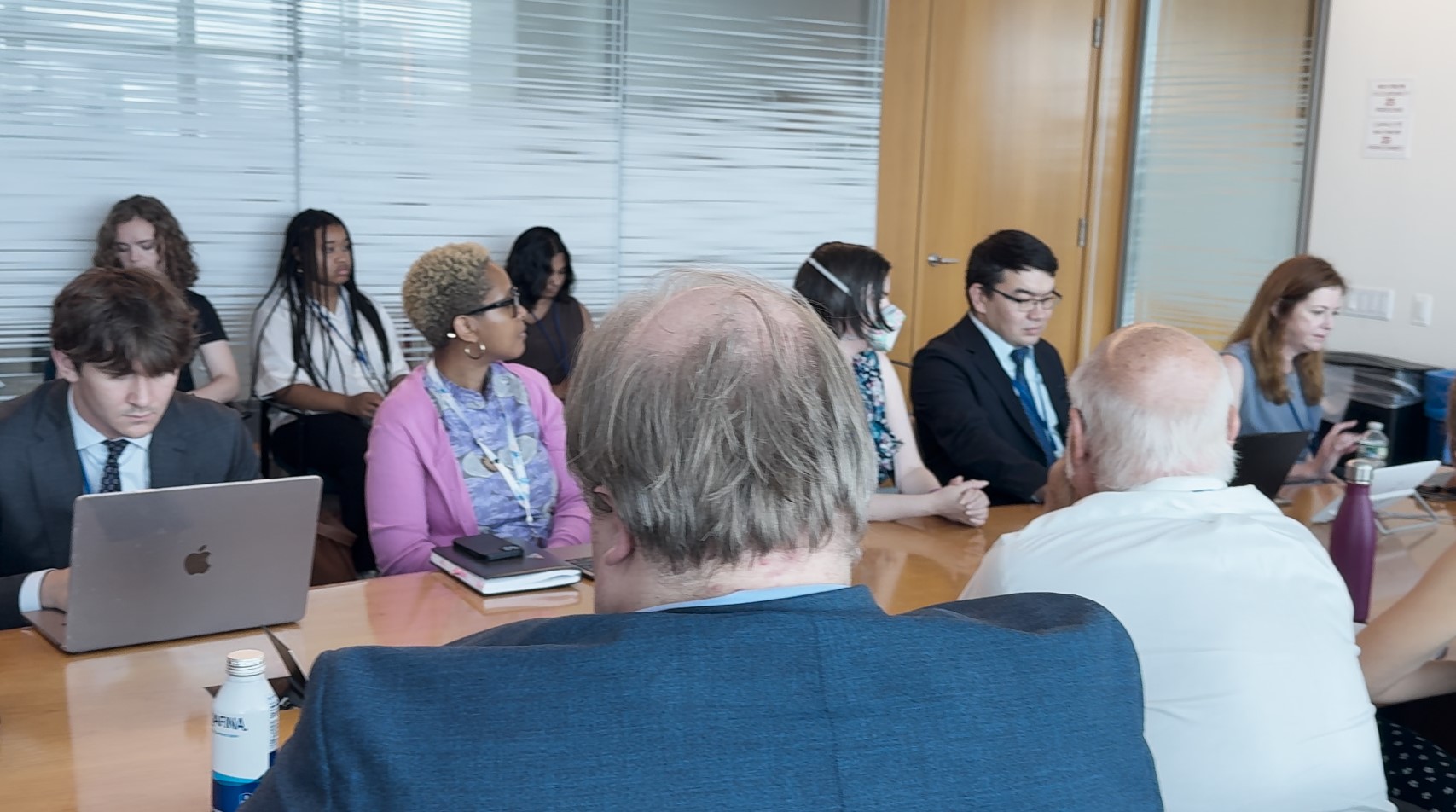
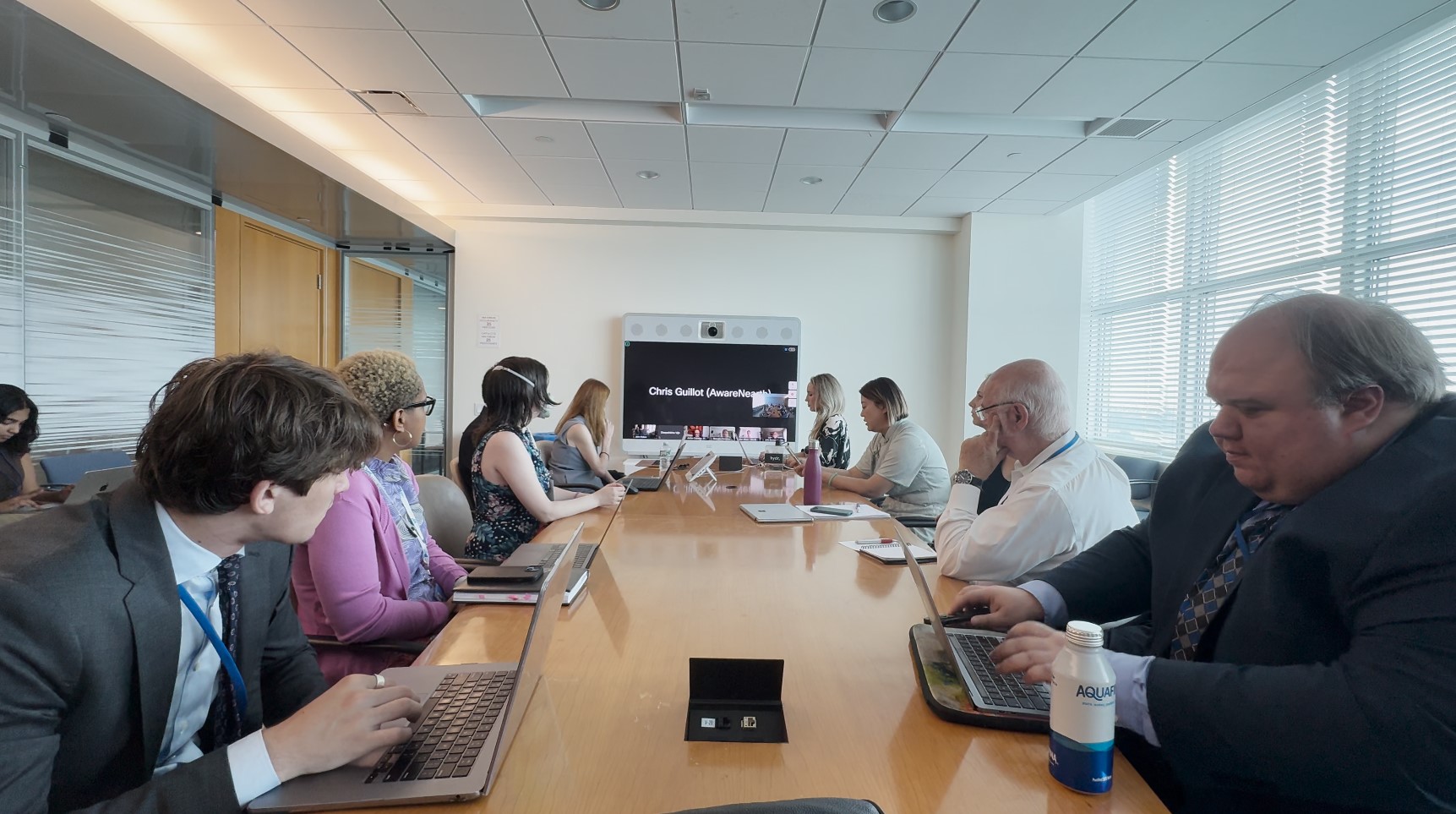
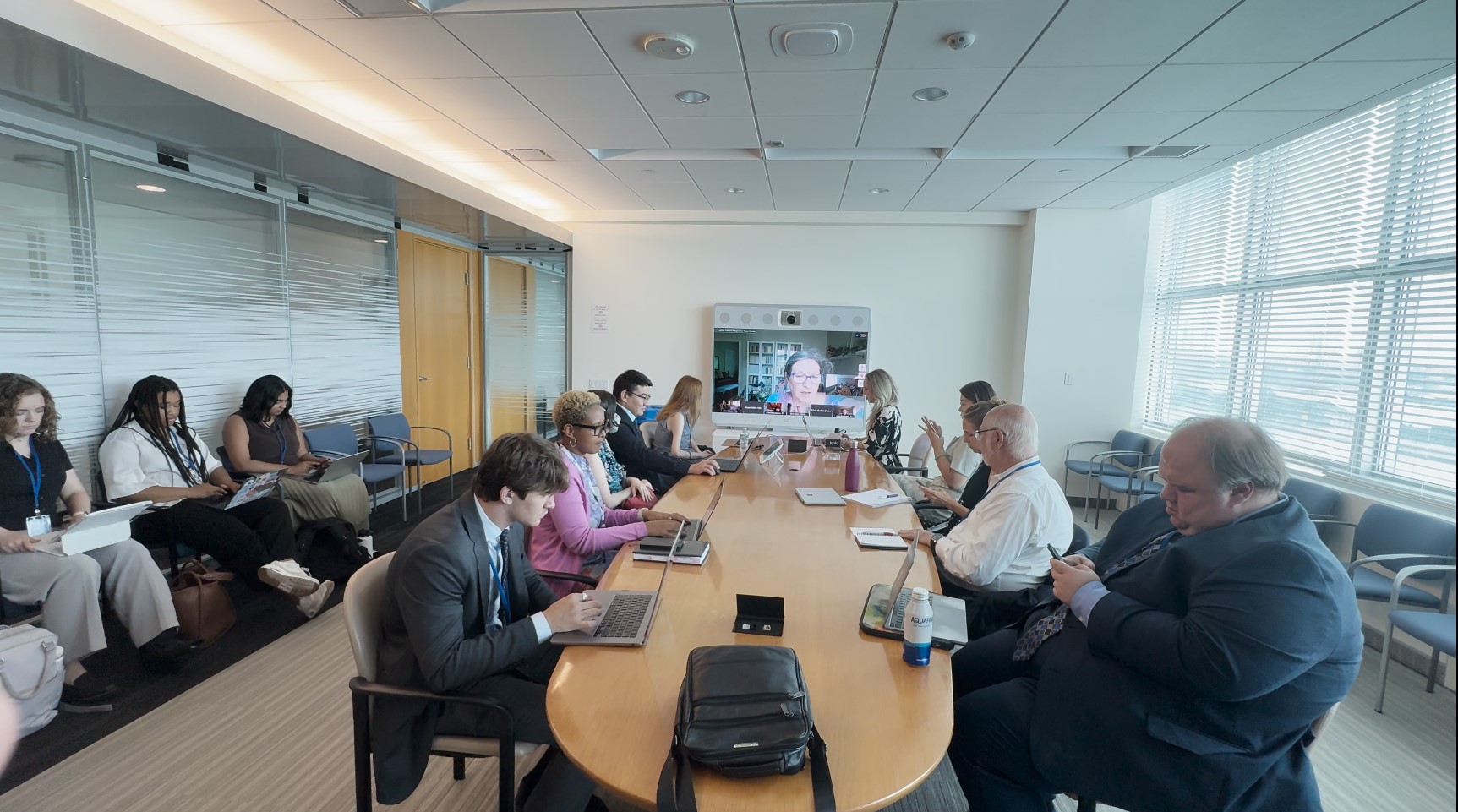
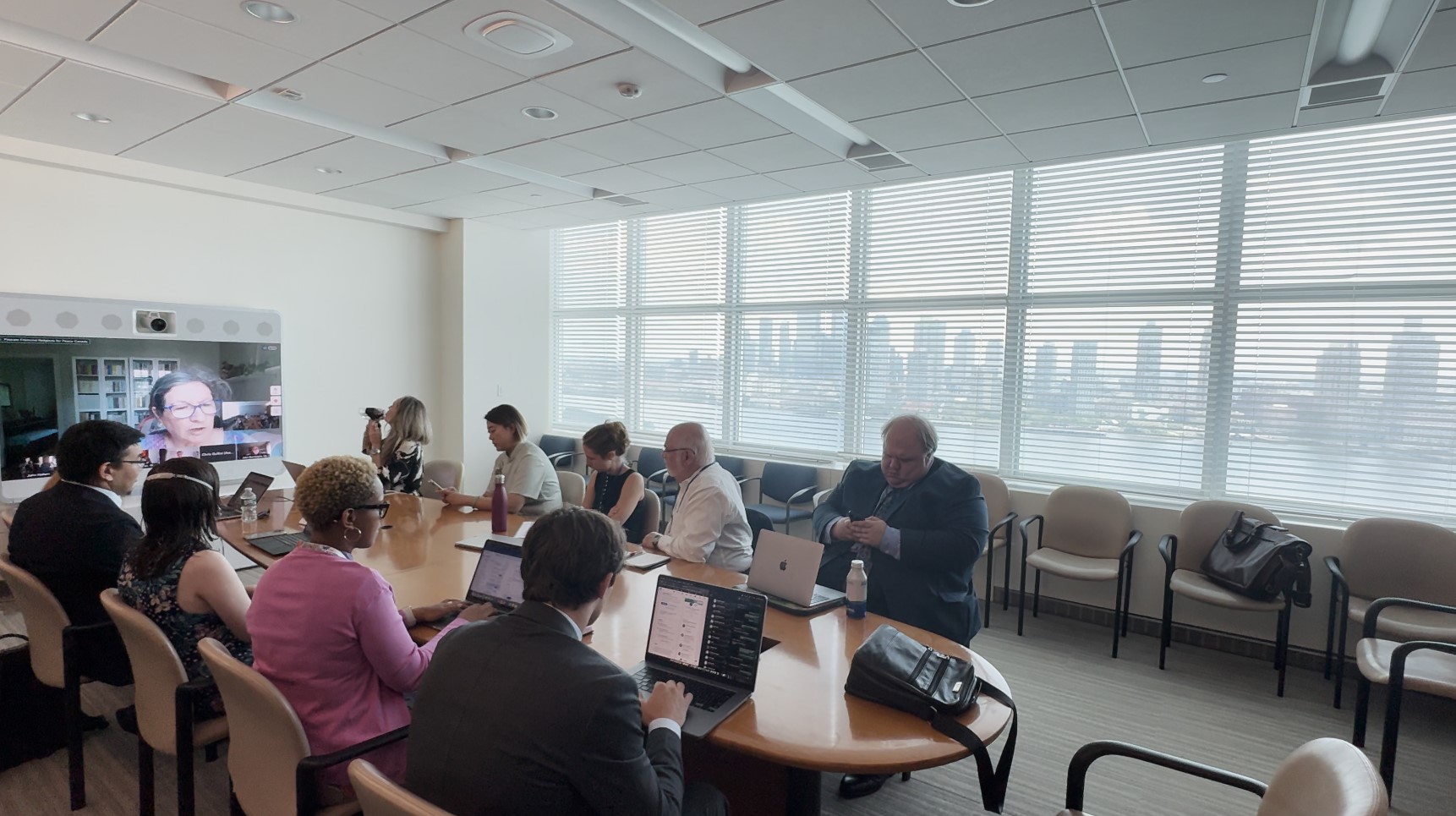
We can no longer treat a “nuclear-free world” as a utopian ideal on paper. It is a pragmatic strategy based on the logic of survival and a moral imperative rooted in human dignity. Realizing this vision cannot rely solely on decisions made at diplomatic tables. It requires the convergence of millions of civic efforts—sowing seeds of peace consciousness in classrooms, organizing anti-nuclear exhibits in communities, breaking the silence of indifference on social media, and voicing rational but firm stances in legislative processes.
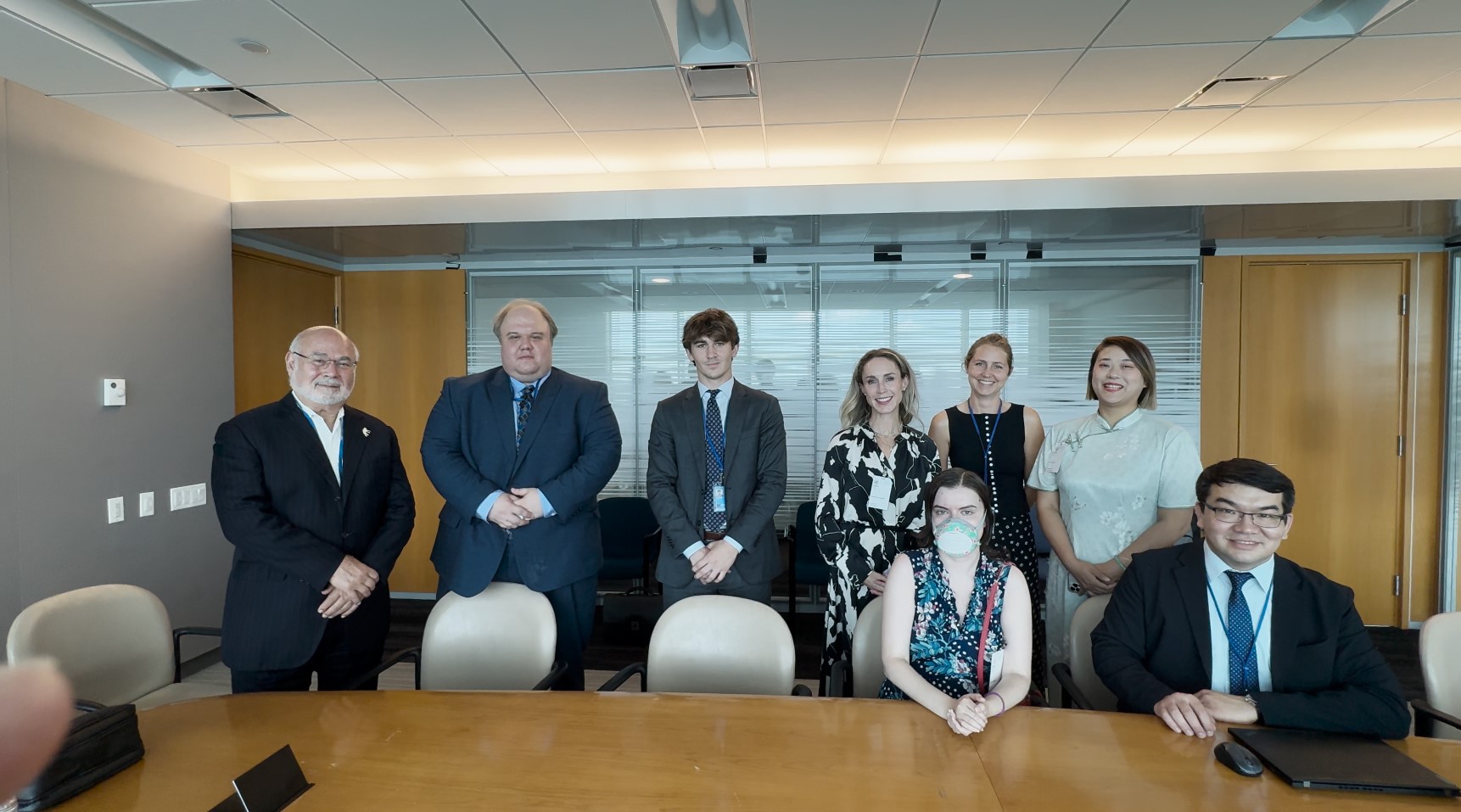
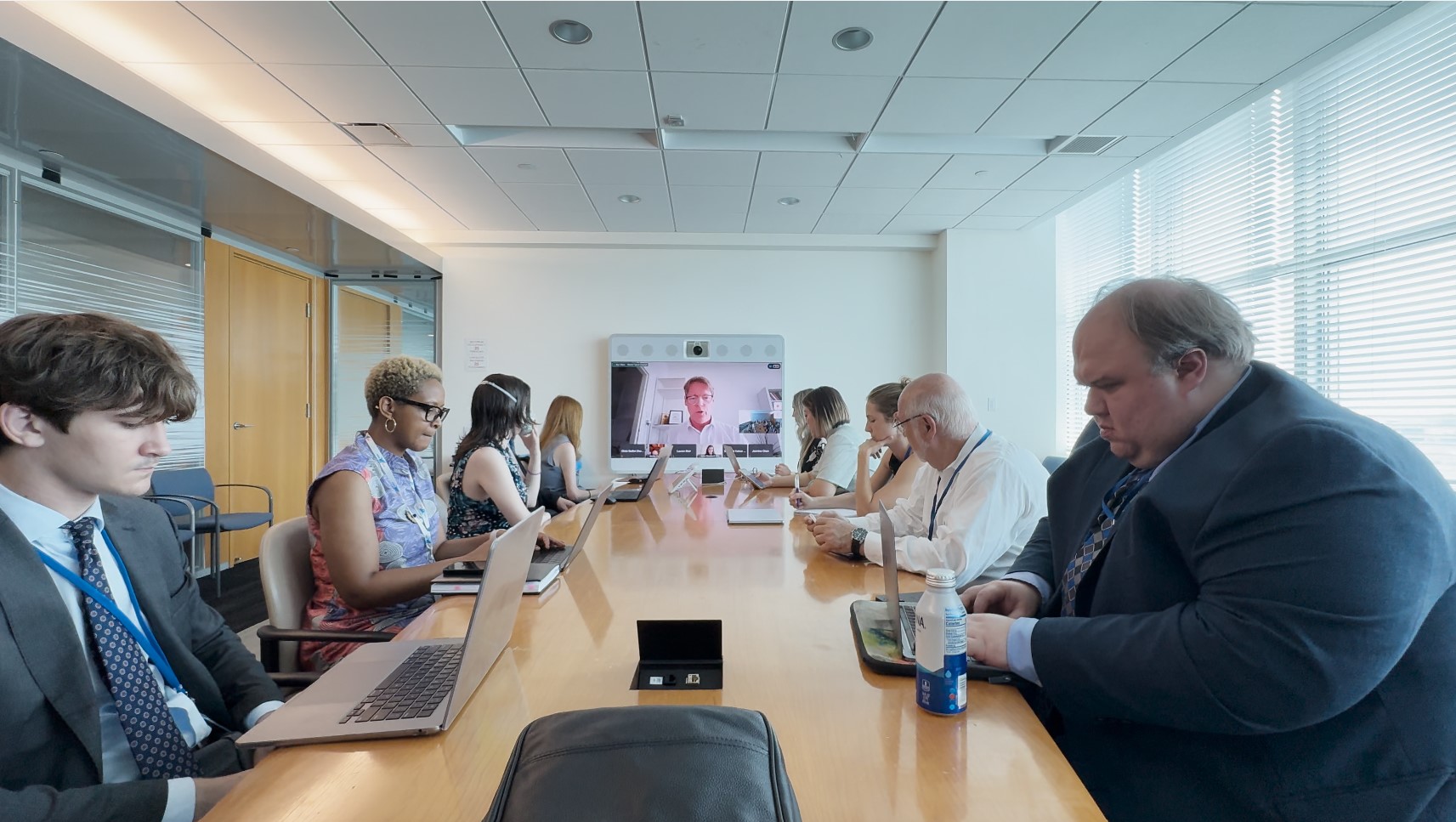
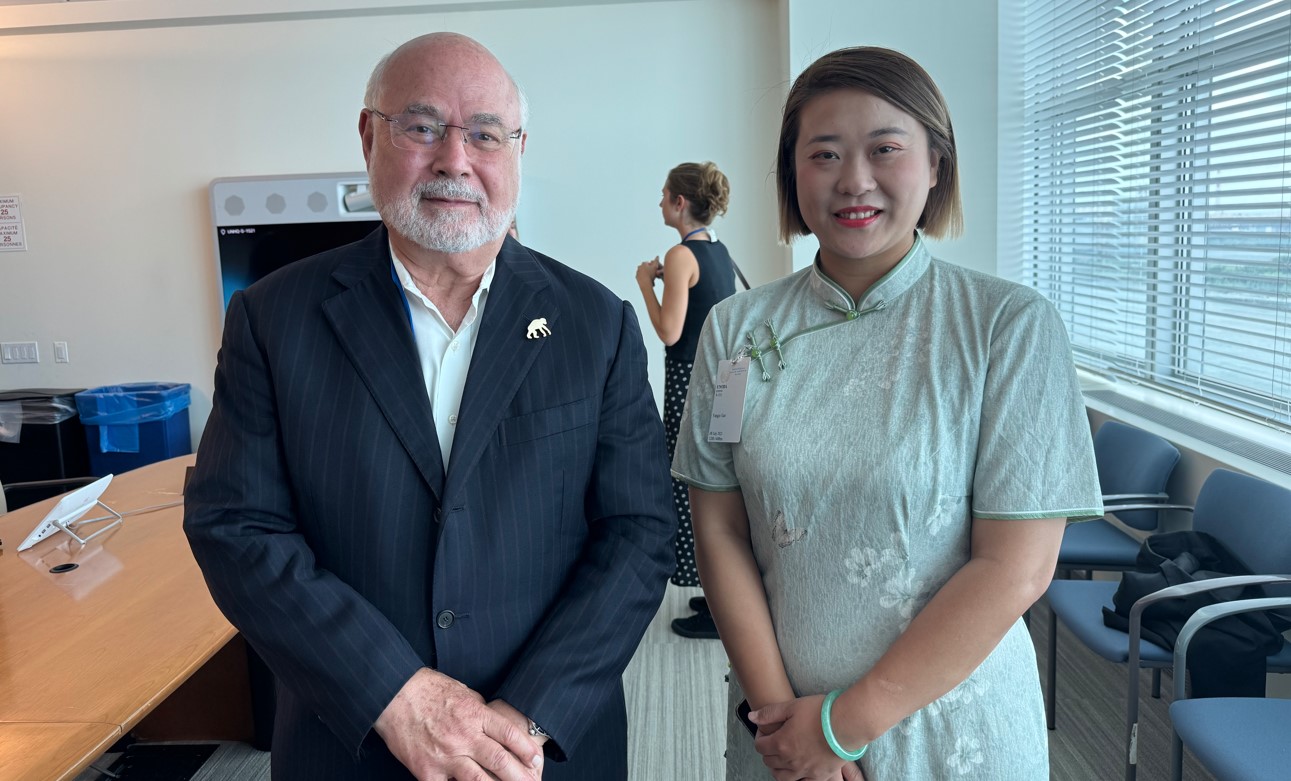
The meaning of the “International Day” is not just in remembrance—it should serve as a catalyst for global resonance. The year 2025 should be a new starting point for the re-alignment of global civil society—we need cooperation beyond borders, intergenerational understanding and trust, and a continuous convergence of local actions into international synergy.
The path to ending dependence on nuclear weapons remains rugged, but today, more than ever, we understand: this path cannot be reversed, and each of us is both a witness to and a driver of this historic turning point.
